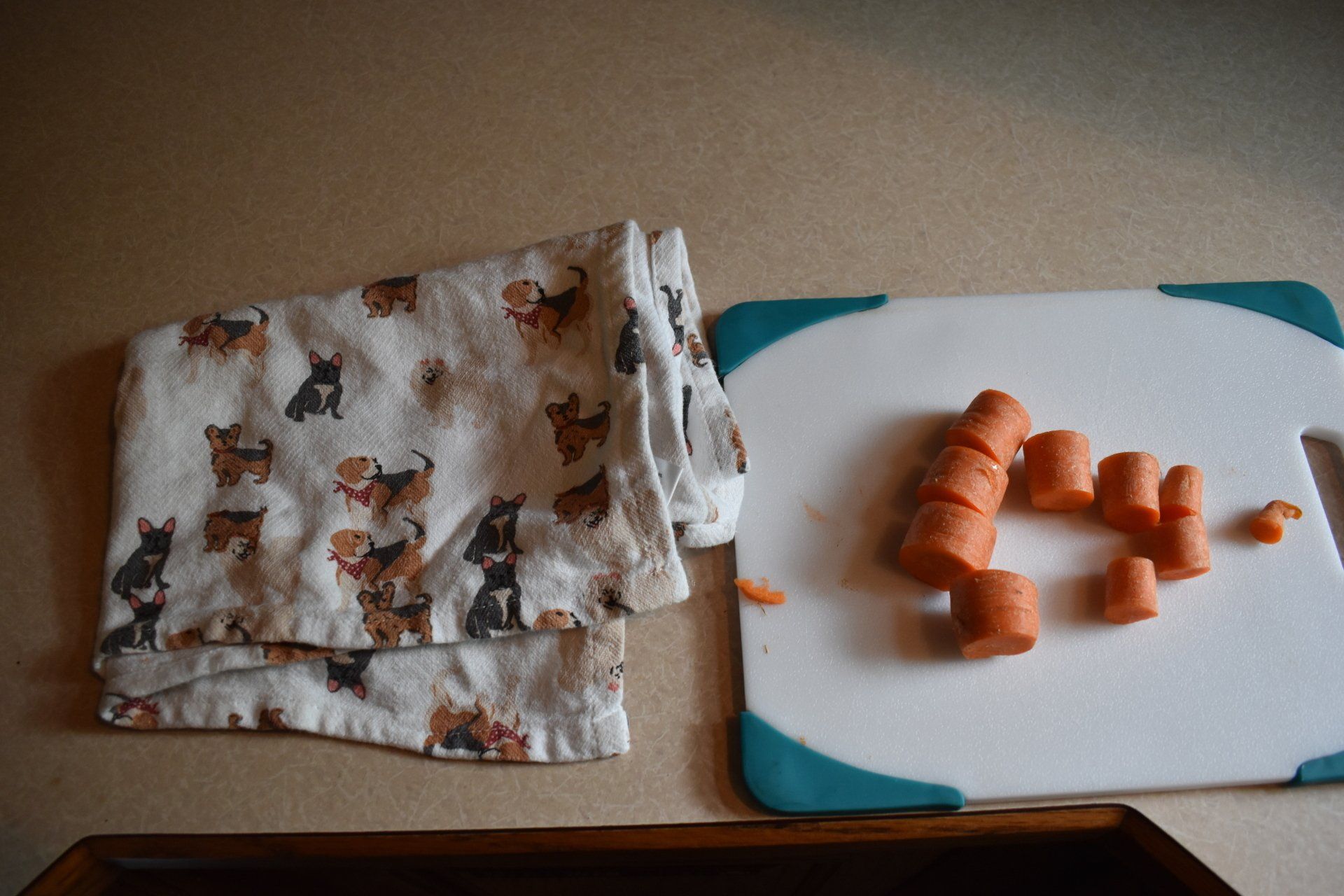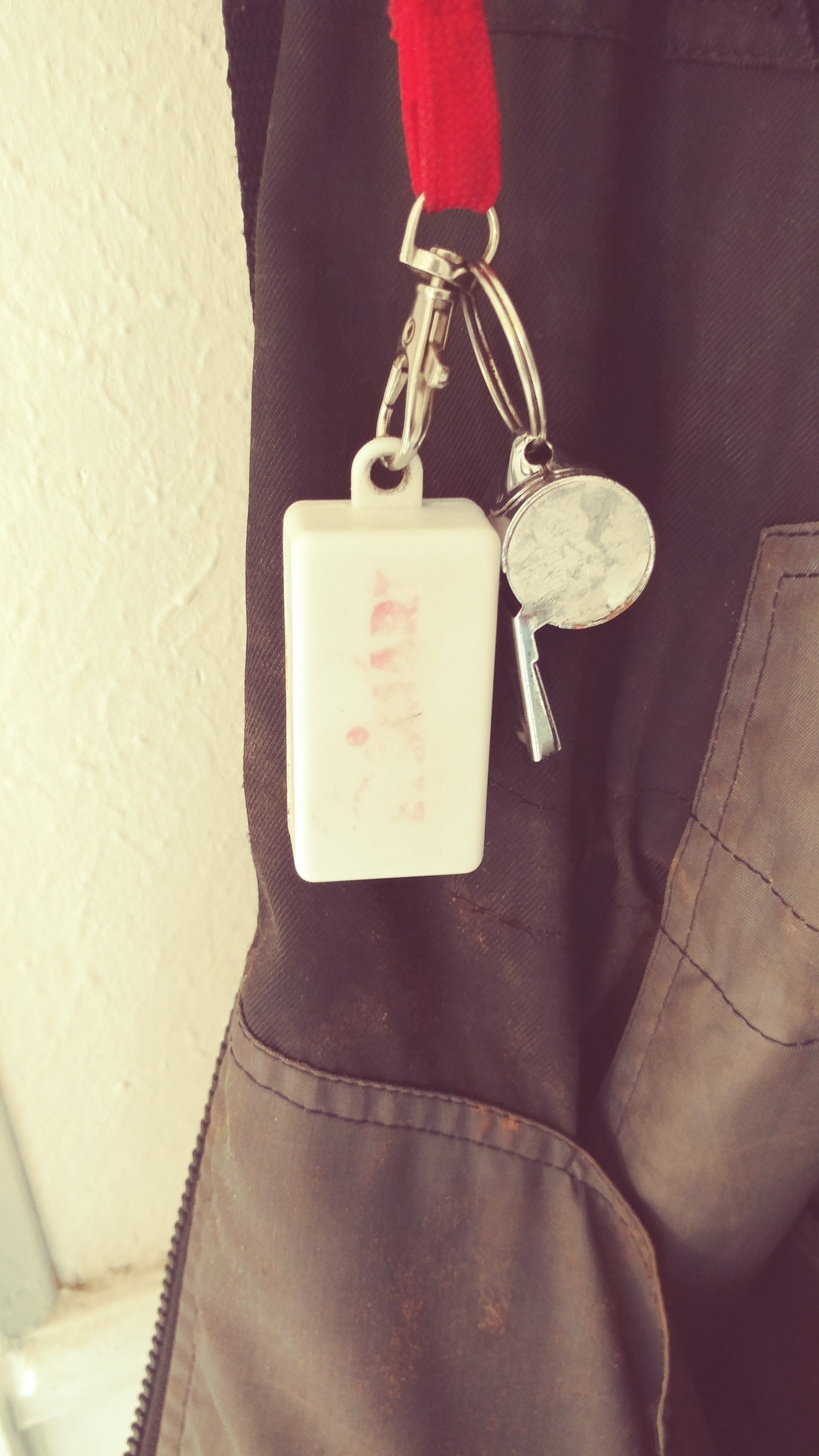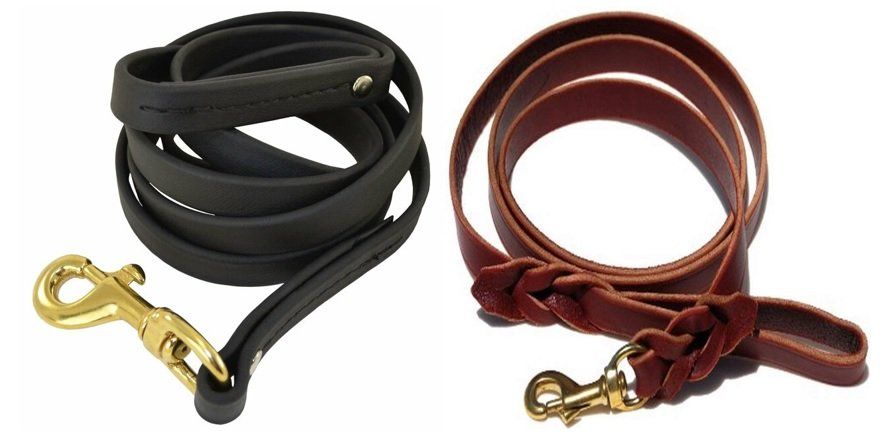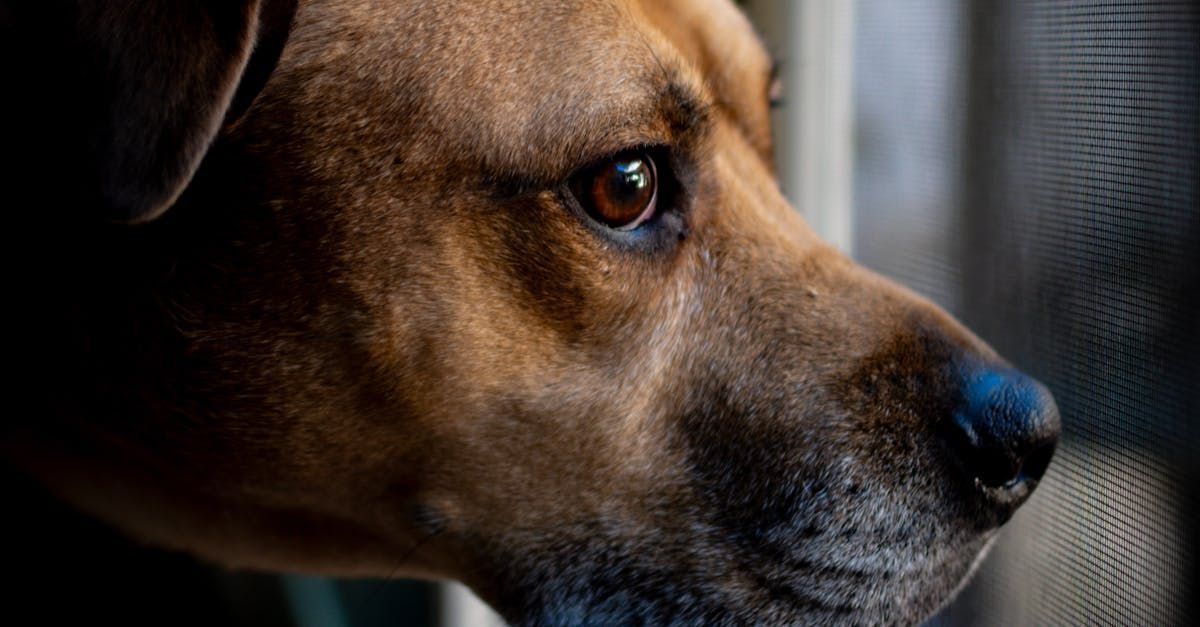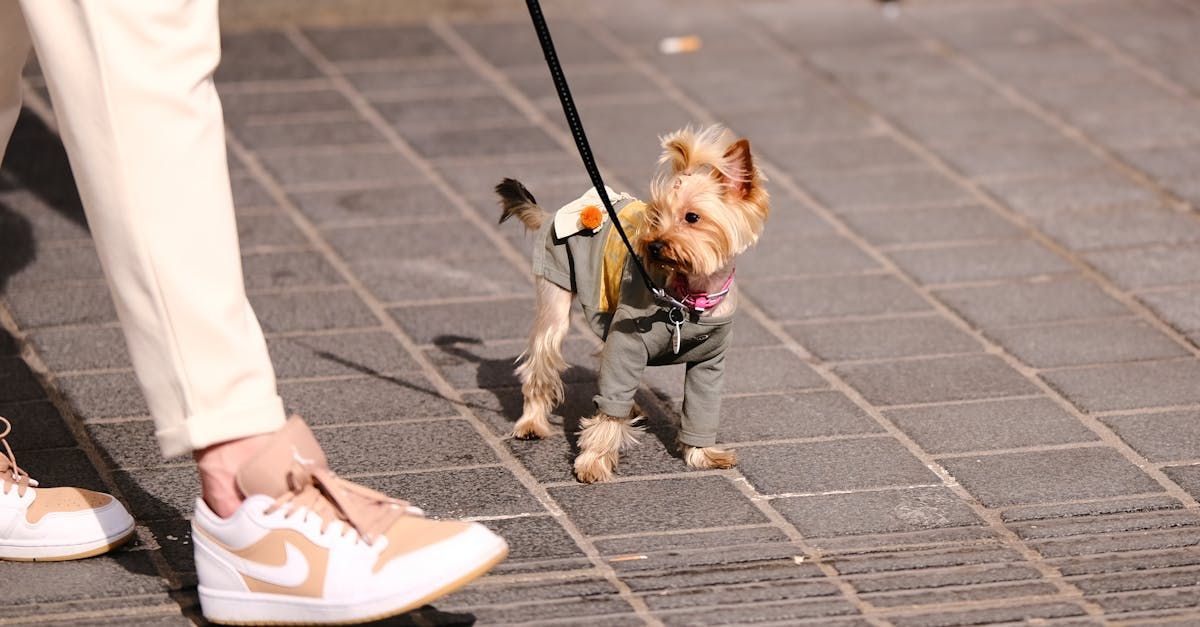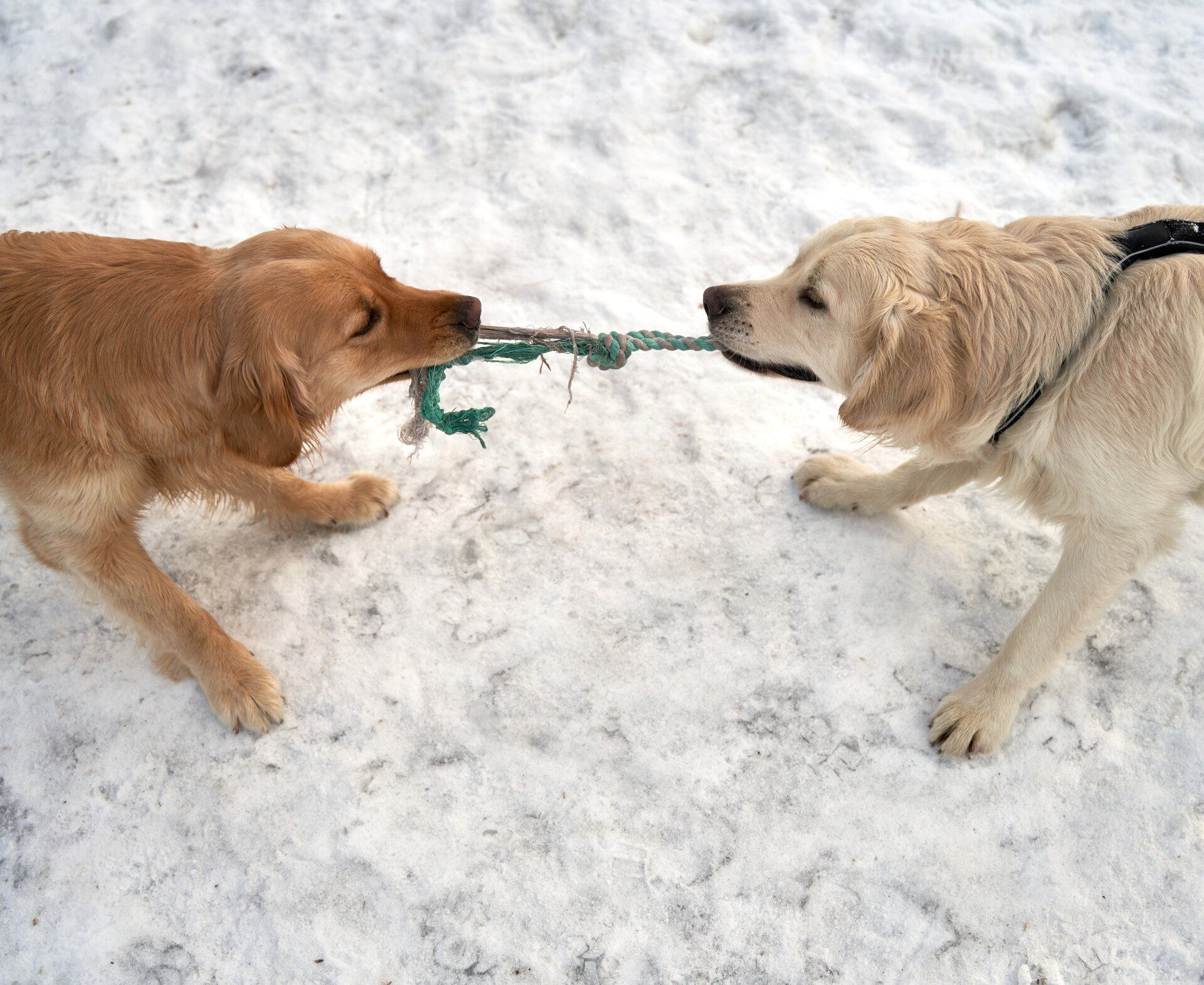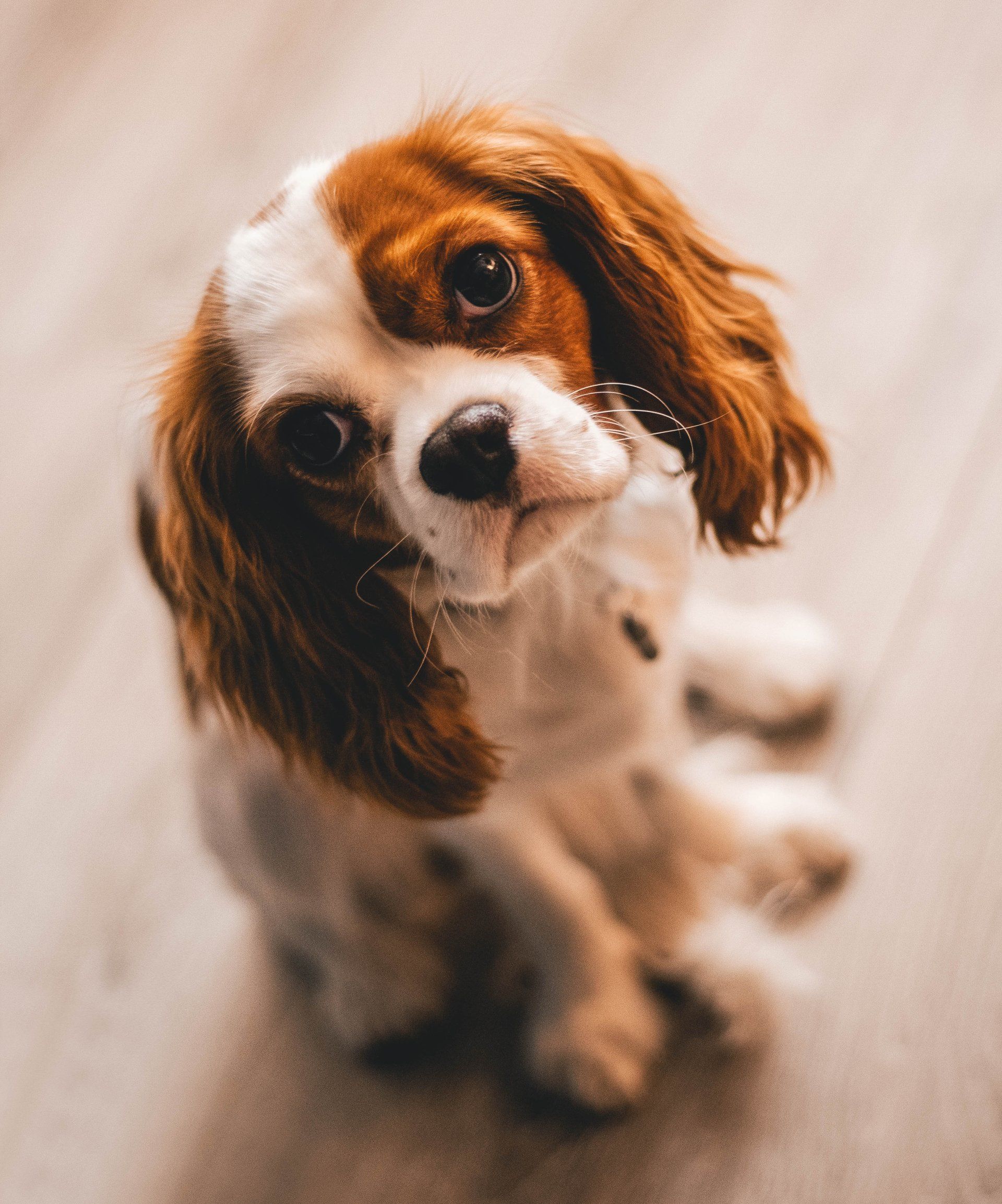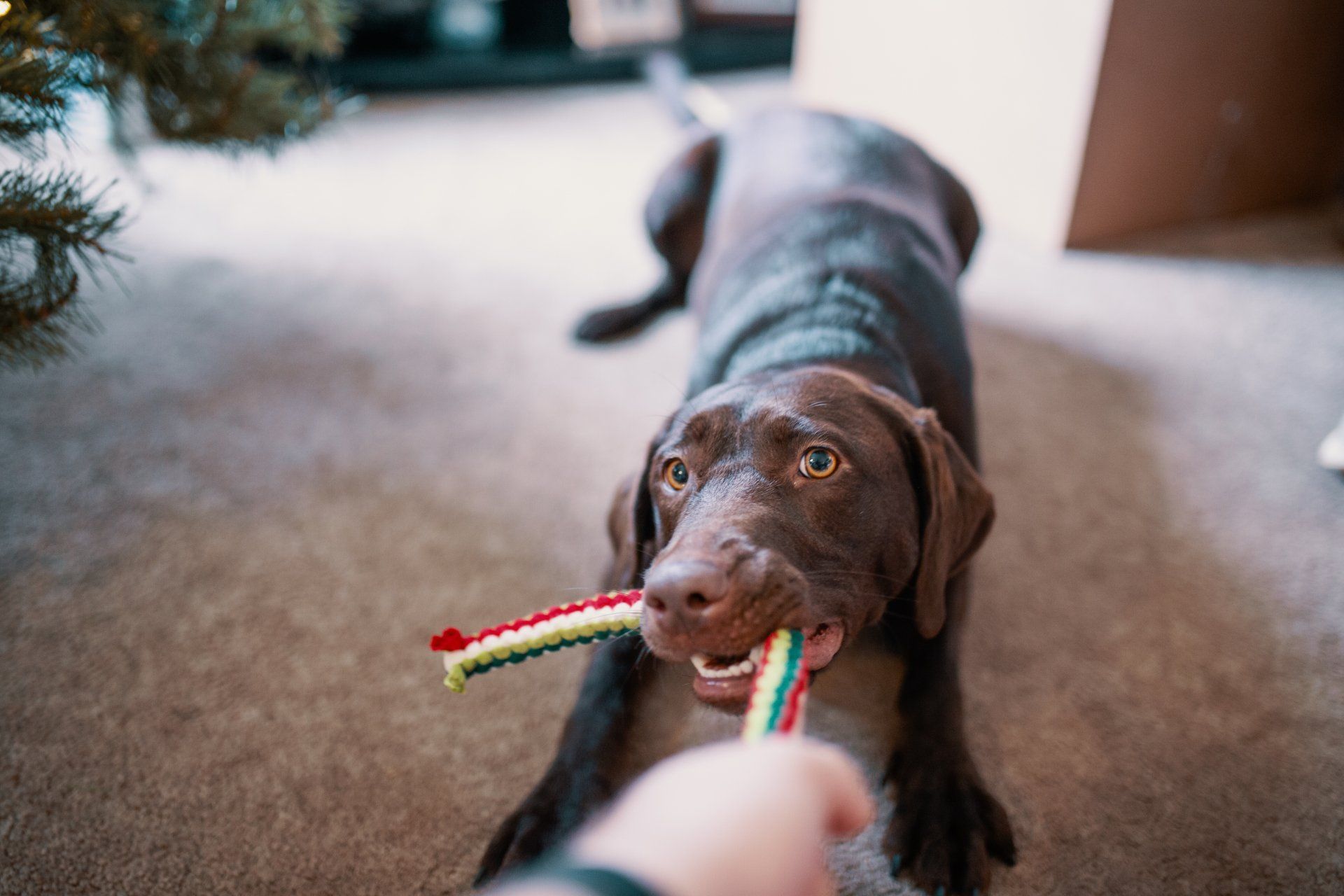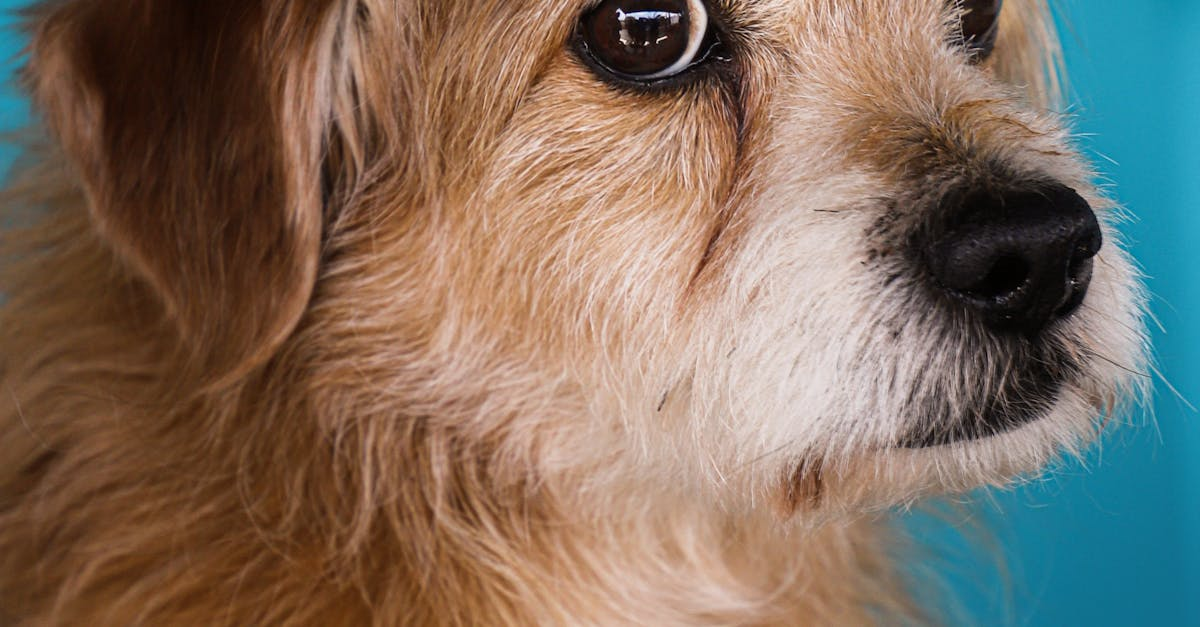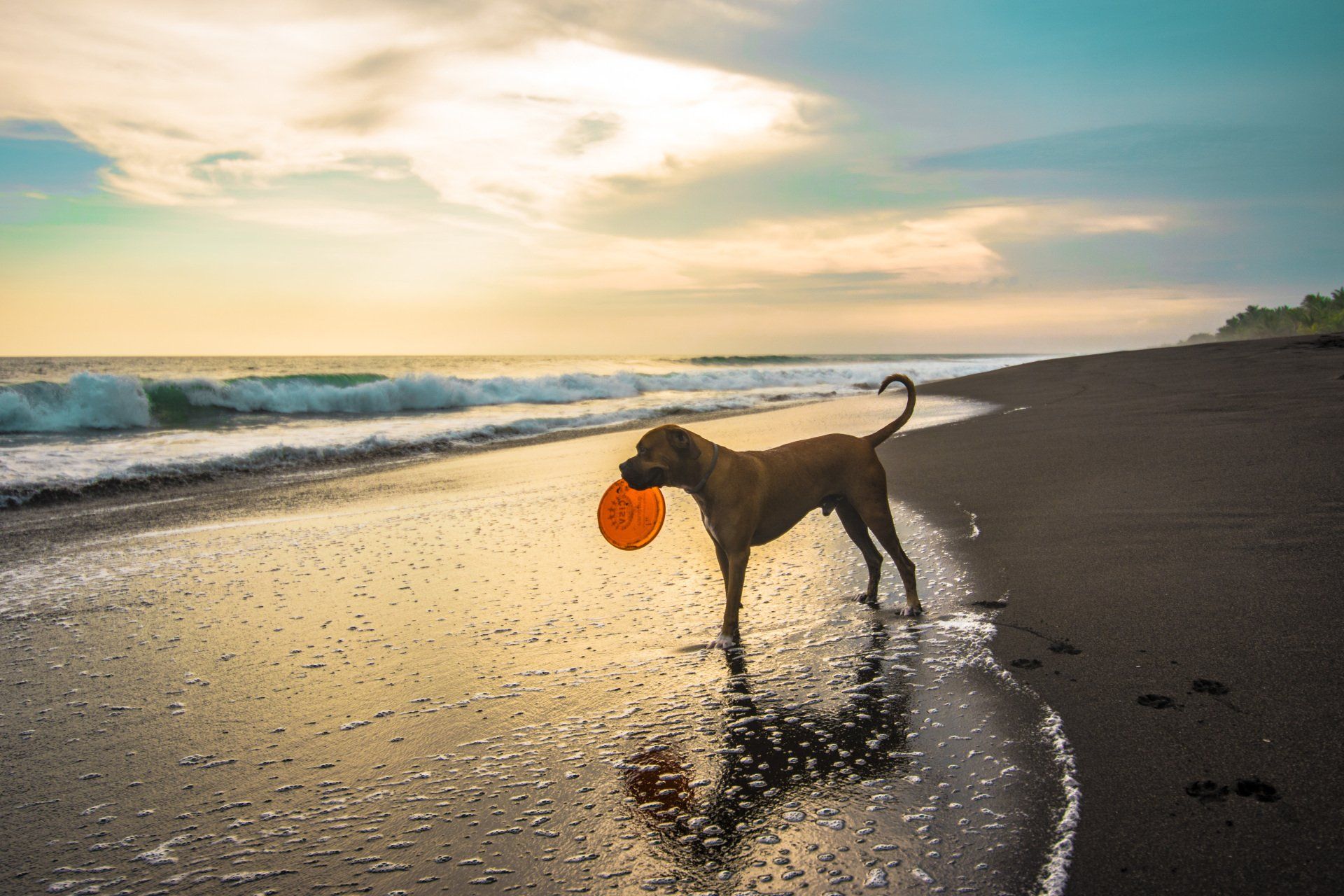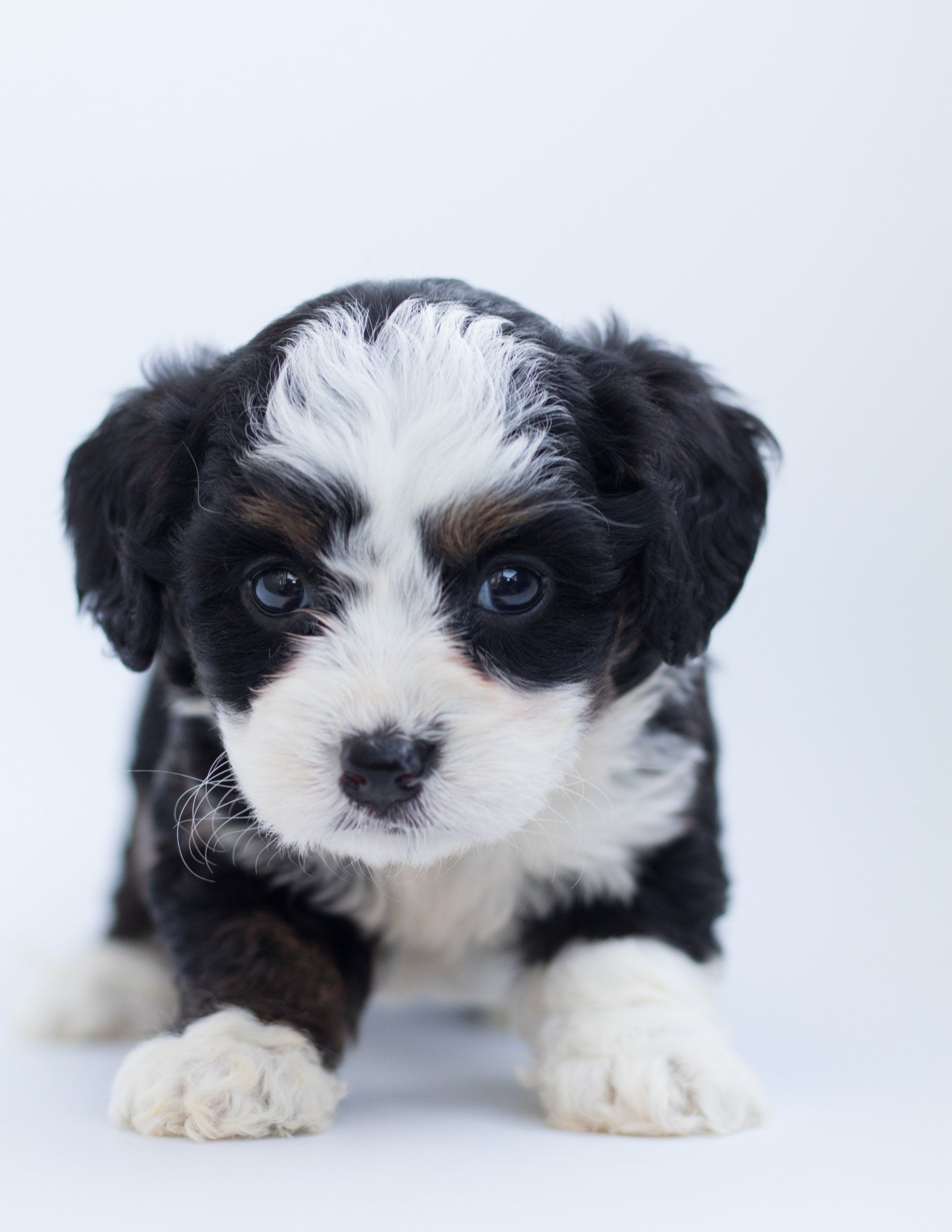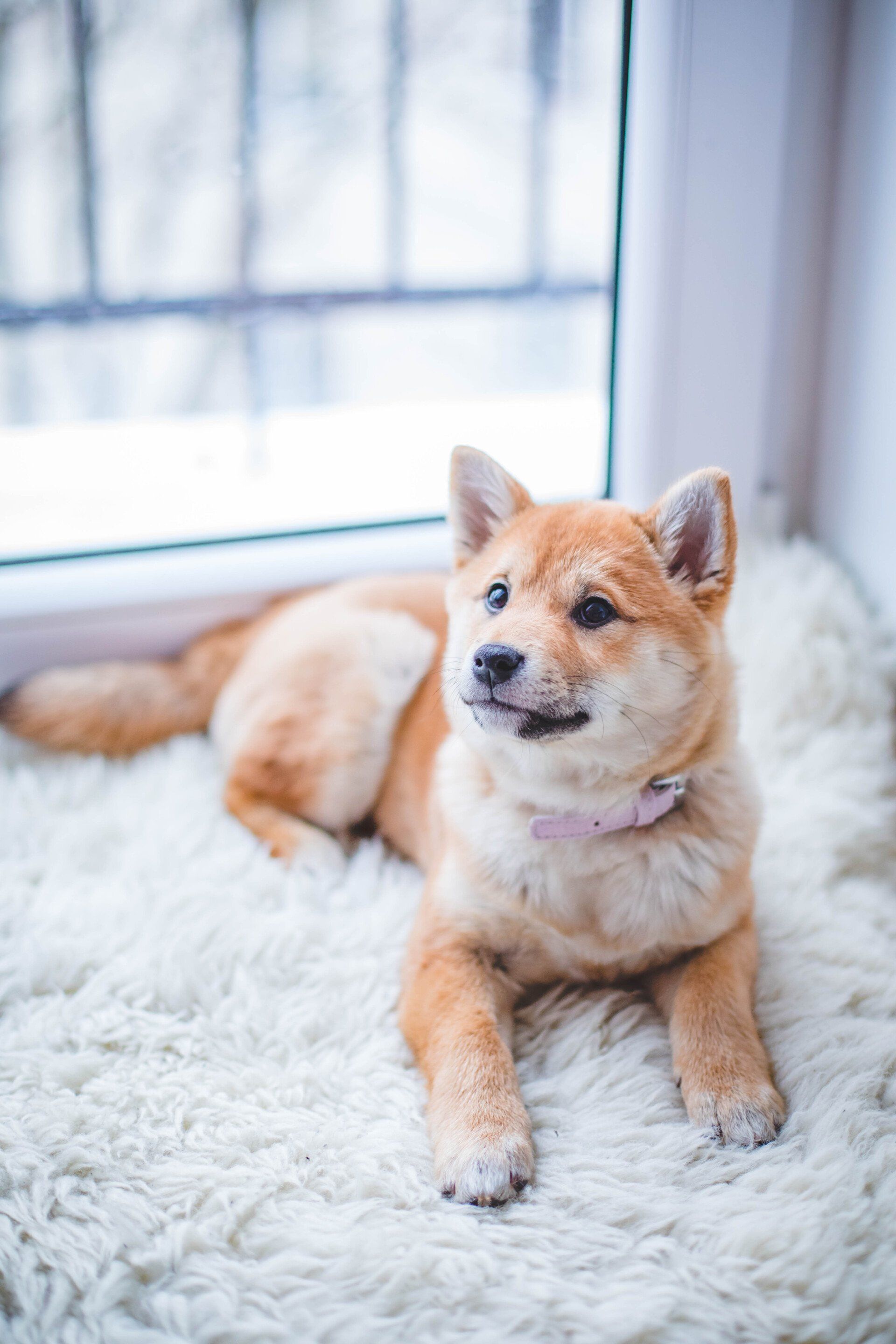Setting up for Training
Creating a Rock Solid Dog Training Plan
Before a mechanic starts tuning up a nice sports car, the proper equipment needs to be gathered and prepared. This includes the right location with the tools necessary to the job. Training your best friend is not going to be any different.
No one is going to be able to wake up one morning and say, “I’m going to train my dog.” It doesn’t work that way. It takes preparation, understanding, and knowledge. That is what I am going to go over.
Not only are we going to discuss having the right equipment, we will also talk about the stages of training, setting up your home, locations, and who all needs to be involved in the process. You want this experience to be the best possible for you and your dog, so let’s do it right.
What am I going to need?
It may sound oversimplified, but the first thing you are going to need when you set out on the journey of training your dog is a leash and collar. Basics. It all starts with the basics.
You will need a reward of some sort. The reward system does not to be complicated. It can be a toy like a ball or a tug, but something that is going to be easy on the dog’s teeth and not hard for you to handle.
Some people have used firehoses as tugs for a reward, but I recommend that you steer clear of these because they have metal in them. That will wear a dog’s teeth down quickly. The good tugs to use are Jute. It is like thicker burlap and easier on a dog’s teeth.
However, the trade off with using Jute is that they don’t last as long as a synthetic or linen-type tug. Those have Kevlar in them, which will also wear a dog’s teeth down but last a long time. The kind of tug you choose is going to depend on what your goals are with your dog.
Here you need to understand that the dog’s preference will also come into play. What will be the most effective reward for your dog? Some prefer Jute over synthetics, while some don’t respond to Jute tugs. Regardless of whether you use Jute or synthetics as a reward, I definitely do not use firehoses when training our dogs.
The type of ball you choose will also depend on what appeals to your dog and what you want out of it. You can use a ball on a string. They do not last a long time if you play a lot of tug with the dog. Those balls aren’t meant for playing tug. They’re meant for the dog catching it and you being able to have a handle so your dog doesn’t slime your hand up. The balls tend to get real slick with the dog’s saliva after just moments in their mouths.
If you spin the balls on the string or rope quickly, you can launch them a long distance. This makes the learning task more enjoyable for the dog. I like to use those a lot in our training.
The reward can be food like anything from kibble to hot dogs to cheese. If you give food as a reward, then what you choose depends on your dog’s diet and what you don’t mind handling. While you are training your dog, the stuff is going to be in your hands. This means you won’t want to have something that makes your hands sticky or slimy.
It may seem unusual, but some people have used carrots. Make certain that what you use is not harmful to the dog. If the dog likes it, then you can use it in the reward system.
When you use treats or food, you want to be constantly aware of the portion size. If the dog spends too much time eating the food, then the dog is going to forget why it is being rewarded. Not giving the dog enough can also hamper your training efforts because the reward may not be enough of a reinforcement for correctly performing the act or behavior you are looking to accomplish.
When using food as the reward, an essential piece of equipment is going to be something in which you contain it. It could be something like a training vest with several pockets or even something as simple as a hoodie with the big pocket in front. Some people have even used tool or little nail pouches like they sell at Home Depot.
It doesn’t have to be something fancy. Just something that gives you convenient access to the reward treats. One of our customers even used one of those pouches rock climbers keep their chalk in. Something to hold the food in is going to be a vital piece of necessary equipment when you start the training process.
Rewarding your dog during training is crucial. I have heard arguments that if I tell my dog, “Good dog” and pet it on the head, then that is reinforcement enough. After 20-plus years of working with dogs, I assure you that a pat on the head is never enough reinforcement. Giving verbal praise in lieu of other forms of reinforcing rewards like food and treats is never going to be enough.
You have to pay the dog in a currency that it understands. Currency for each dog is dependent on that specific dog. I don’t get to pick a dog’s currency past food. It is necessary to create hunger for the dog during training. Not starvation. But enough hunger that the treats are rewards that will reinforce the desired behavior. If the dog is not hungry and doesn’t work for food, I’m not going to be able to effectively reinforce the behaviors I am working on. With food, the dog will work harder for the reward.
I would like to say that the dog also picks its currency when it comes to using toys as the reward. However, the reality is that if the dog likes to play, then that dog is going to play. It should not matter to the dog if it’s a ball or a tug. Some dogs do have their preference. They may have lower drive and not want to chase after a ball. Some dogs don’t want a tug but will chase a ball all day.
If you decide to use a clicker, you need to have that ready. If you are going to use a whistle for recall, you need to have your whistle. If you want to use an e-collar, it needs to be on your dog and fully charged.
It may seem kind of silly, but I suggest that you wear pants when working with your dog. Sometimes when you are playing with toys and stuff, the dog might jump on and scratch you. Nothing sets you back quicker when you’re training your dog than to have a nail rip down your shin because the dog’s playing too rough.
It is important to have a good pair of tennis shoes. You should never underestimate how important a good pair shoes are when you are out in the yard training your dog. If you’re out in the morning, you can slip on the dew on the grass. You don’t need to be injured while you’re trying to provide your dog with the training it needs to become a well-mannered pet. The kind of pet you have the opportunity to take with you everywhere.
When you start the training process and are gathering the tools, there is a significant difference between the right and the wrong equipment. If you are doing protection work with your dog, you are going need a big, thick collar. In addition to a high-quality, wide collar, you are going to need to have a good harness of some sort.
A good harness is typically made of leather. There are new nylon harnesses that have come onto the market. They are made for sled dogs and weight pulling. You can use these when training for protection work also.
I would recommend that you avoid the harnesses with plastic clips. Those are never good. Neither is cheap leather. If you’re doing protection work and someone has cheap equipment on their dog, then you have to worry about that equipment breaking and failing. When it breaks, either the trainer or the dog could get seriously hurt.
The back tie-line on a harness always needs to be in good condition. All the releases need to be in good condition. The buckles and snaps wear down whenever you do a lot of work where the dog is pulling and tugging. If you don’t keep a close eye on that, the failure rate gets higher. When the failure rate gets higher, injury is more likely to occur.
I have seen this happen before when training for protection work. A dog broke his harness that was made of cheap leather. As the decoy, he really wanted to get to me. He snapped his harness and came straight after me. Luckily, I had something to put in its mouth, or I could have been seriously injured.
Time may be one of the most important pieces of equipment you need in training your dog. You have to set some time aside. Training your dog is not something you do once a week. It’s something you do with your dog every time you interact with it. Organization is key. Effective training will never be a fly-by-night operation. Structuring your time and always including consistent, ongoing training becomes vitally important.
Keeping a journal of what you covered and how the dog does lets you know what you’ve accomplished and what needs to be worked on. Keep track of what you’re doing, and how it is affecting the dog.
Some key learning you can record in the journal include is the dog holding the position for a specific amount of time? Is that time sufficient? Do you change as soon as they get into position or are do you make them hold if for five to ten seconds? Is the dog moving forward when changing position? Is the dog staying stationary and just changing from a sit to a down?
You need to record everything you are doing with the dog. Set training goals and write them down in the journal. Before you get your dog out, you should know what you’re going to do. You should know how many times you’re going to work on something and what you want the end result to look like. A journal will help facilitate this. It becomes a performance measuring stick.
Are certain dogs more receptive to training than others?
That might be too broad of a question. Certain breeds of dogs instinctively do different things better or worse than others. You have to start with the breed of the dog and for what those breeds were developed.
For example, when you look at livestock guardian dogs, you see a breed that typically lives with a group of animals like sheep or cattle. It doesn’t matter because their job is to live with them and protect them from predators and poachers. Those dogs are supposed to be very independent so they can be out in the field and work by themselves.
Chihuahuas, and other toy breeds, even have specific purposes for which they were bred. They are typically nervous dogs and they vocalize when something scares or agitates them. When a situation makes a dog nervous they have two options—fight or flight. Some will run away and bark. Some will run toward what they’re afraid of and bark at it.
In hot places it is not uncommon to find large dogs guarding estates. However, these dogs do not typically do well in the heat. To keep cool, they sleep in the shade. If the dog is asleep all day, it cannot protect the home very effectively. When the chihuahuas start barking, the bigger dogs get up and go investigate. If it is an intruder causing the smaller dog to be so reactive, the big dog takes care of the problem.
Because of what a breed was developed for, training may be difficult to get past the dog’s natural instincts. It can be a challenging task to get past a chihuahua’s natural reactivity. But that doesn’t mean they can’t be trained. You cannot neglect what the breed is capable of and to what extent the dog can be trained.
When it comes to which dogs can be and which dogs cannot be trained, I look first and foremost at the breed of the animal. If a client brings an Anatolian Shepherd hoping to train it to be a therapy dog, it will set off some red flags. That breed is meant to live out in the desert with a herd of goats and guard them against poachers. Anatolian Shepherds are not dogs that have been bred to go into hospitals and be care sitters.
How many stages of training are there? And what is the duration of each stage?
The stages of training start with teaching and then proofing. There are multiples ways of teaching a dog to do something. But you have to teach it. Once it is taught and the dog knows how to do, then you have to proof it.
Proofing means the dog is going to be able to perform that task in the presence of distractions. The length of this stage is fundamentally forever. That is because there is always going to be distractions, and they will be varied in type and intensity. An infinite amount of distractions can be introduced to a dog.
Some dogs will generalize very well. For example, you teach your dog change of positions like sit, stand, and down, but you do it on the ground. What happens when you put your dog in the back of a truck? This confuses many dogs because it feels different.
Some dogs don’t generalize well and realize that the commands should be followed in all environments. In those cases, you would have to go through and teach the different steps all over again.
That means that when you taught the dog to sit, stand, and down on the ground, you now have to go back and do that on an elevated surface. Then you teach the dog on an angled surface.
Other dogs generalize very well and recognize the commands on any surface. I can teach them on the ground, and when I put them on anything, they will perform the commands successfully.
Another situation that often leads to dogs getting confused in training is the simple location of the owner/trainer when the commands are given. For example, the dog may learn the sit, stand, down commands with the trainer standing directly in front of the dog. Take five steps backwards, and some dogs will get confused.
Just changing the position from the person giving the commands being close to being further away is sometimes one of the hardest things for dogs to generalize. They lose the association when the commands are given in a different location.
Proofing takes the entirety of the dog’s life, depending on how well you want everything to be performed. When a person makes the decision to train a dog, it becomes a lifetime commitment because of the reinforcing behavior.
For example, you can teach heeling—where the dog walks at the person’s side and sits when the person stops—through luring and shaping. This means I show the dog some food in my hand and guide them into position where they follow my hand. It’s like the old saying where the head goes, the body follows.
I make the motions to get the dog into a sit, and I reward it a whole lot. Once you get it into a stationary position, you want to see if the dog will do it where you fade the lure. Will the dog get into the position by itself without being rewarded?
After saying the word heel, I will show the lure and put the dog into position. The dog gets into position, and I feed the dog. This is done over several repetitions, and then when I say the word, the dog will anticipate the lure and go to position by itself. Then the dog gets rewarded with the food.
Once that is achieved, the lure is no longer needed. The dog understands how to get to the position and knows it is supposed to sit at your side. Then it’s going to get fed. After the dog learns where it needs to be, I start to slowly add distractions.
Distractions can be something like a person standing there clapping. Will the dog still heel with you clapping? Will it do it with someone else in the room? Will it do it with the other person clapping? Will the dog do it with the other person running around in circles, skipping and jumping? If the dog maintains the heel position, you feed it and tell it, “Good dog.”
Once the dog successfully completes this phase, you start walking forward one step at a time. When you start walking forward, you again remove all the distractions. You take a step, and if the dog follows and sits at your side when you stop, you reward it. It may take three weeks before the dog is able to heel and sit at your side after taking one hundred steps.
The next step is adding more distractions like people, cars, busses, crowds, and a variety of different things. Distractions are necessary to train your dog effectively. Because if you can’t control your environment—and no one can—then you must control your dog. This is done through training and is a continuous process.
Dangers. Dog park vs. large yard. Kennel vs. crate.
If you’re doing any sort of bite or protection work, your first priority has to be safety above anything. Safety for the trainer as well as safety for the dog. I have to make sure whatever it is I’m doing is safe for the dog. I don’t want any broken teeth, necks, backs, legs, or feet.
When you’re training a dog, you don’t want to step on its feet. You have to maintain an awareness of where the dog’s feet are at all times. You have to make certain there isn’t anything it could bite in a manner that won’t be good for its teeth.
Some dogs have zero sense of self-preservation. For example, there are some dogs that will chase a ball off a cliff. That means the owner and trainer will have to make certain that they do not do anything that will put the animal in a situation where it could unknowingly harm itself. You have to be aware of where you’re presenting your reward item.
Other dangers include being aware of other people’s dogs. That might be the biggest danger for most people. If someone else’s dog comes running up, I personally, would put myself between my dog and the other animal. The reason I would do that is because I don’t know if that dog is friendly. If that dog attacks my dog, from that moment on, she is going to have a reason to be nervous around other dogs she doesn’t know.
Though I do not like taking my dogs into a dog park, they can actually be good tools in training. I can take my dog outside the fence of the dog park and use the other dogs inside as a distraction. Never go inside it or allow your dog to interact with the other people’s dogs. Those places are notorious for people with no manners or people who allow their dogs to have no manners.
I wouldn’t take my kid to a park and let him run around wild, being rude and disrespectful to people. We still teach our kids manners, and how to be respectful. We should do the same with or animals. Unfortunately, most people don’t do those things, so you are risking the exposure of your dog to inappropriate behaviors when you go to a dog park.
When you get a new dog or new puppy, it is impossible to control that animal if you are not right there attached to it. Dogs are living, breathing, independent creatures. They have their own thoughts. They have their own ideals and impulses. Using a leash and collar, keeps your dog attached to you. If you can attach the dog, you have one means of control on the dog, and you can choose the environment in which you take it.
This brings us to keeping your dog in a crate or building a kennel for it. That is going to depend on how much space you have. A kennel is a place where you can keep the dog and it is contained. You know it will not destroy your lawn or damage anything it can get its teeth into. It will also protect your dog from hurting itself on wires or something on the house.
If you have to leave for work and cannot take the dog with you, it needs to be contained. You can keep it in a kennel that can either be outside or inside, in a garage or a spare bedroom. You can put your dog in a crate. You can control the environment for a dog by putting it into the crate because you determine what it can and cannot have inside with it. If you leave a bed in there, you run the risk of the dog eating the bedding and getting it stuck in their gut.
Personally, I do not like wire crates because it is too close to a fence and barrier frustration is real with dogs. Barrier frustration is defined by putting something in front a dog that separates it from something it sees, and it show aggression because they’re frustrated. They have shown this on television or movies where dogs will be blowing up at each other when they are separated by a fence, only to be calm and playful with each other whenever someone opens the gate.
A dog will often pull things, like a blanket, into its crate and get them stuck in their bowels. A bowel obstruction will either cost you the dog’s life or even around $5,000 in an emergency visit to the vet.
If they can’t get to the thing they want, dogs will start chewing on the wire crate, bending the wires and trying to escape. That could easily break the dog’s teeth. It will also teach them that they can use their mouth to escape.
Ruff Land, Gunner, and Impact crates are good ones that I like. KBC Kennels makes some good collapsible as well as solid crates. The crates need to be solid so the dog can lay down without any visual stimulation all around it, which is another positive of a plastic crate over the wire ones.
You have to remember that dogs are predators, and just like any other predator, they are stimulated by movement. An object of prey—like a squirrel runs—and they chase it. Each dog will have those instincts to varying degrees. You want to choose a crate that removes the visual stimulation.
It is about providing a safe place for your dog.
Remember, the equipment you need to get for training your dog needs to be quality product with safety in mind. You want neither you nor your dog to get injured in the process. You want to keep your dog in a controlled environment where it is not going to get hurt or hurt itself by getting hold of something it shouldn’t have.
We want people to understand that dog’s are independent animals. And just like people, they can be taught (or trained) to be well behaved, making any contact with them enjoyable and valuable.
Request a Phone Call from a Dog Trainer
We'll be in touch as soon as possible.
Dog Training Inquiry
Thank you for contacting Southern Warrior K9. We will get back to you as soon as possible
Oops, there was an error sending your message. Please try again, or email us directly at SouthernWarriorK9@gmail.com.
Contact Information:
Phone: (405) 326-0055
Email: SouthernWarriorK9@gmail.com
Address: 10451 OK-9, Norman, OK 73026
Disclosures
* Southern Warrior K9, LLC, and its training programs are not affiliated, sponsored, endorsed, approved, or associated with the American Kennel Club or the AKC Canine Good Citizen testing program. For more information about the AKC Canine Good Citizen testing program, please see https://www.akc.org/products-services/training-programs/canine-good-citizen/
** Nothing on this website should be considered legal advice. If you have legal questions about whether your dog qualifies for protected legal status as a service dog, please consult an attorney.
All Rights Reserved | Southern Warrior K-9, LLC.
